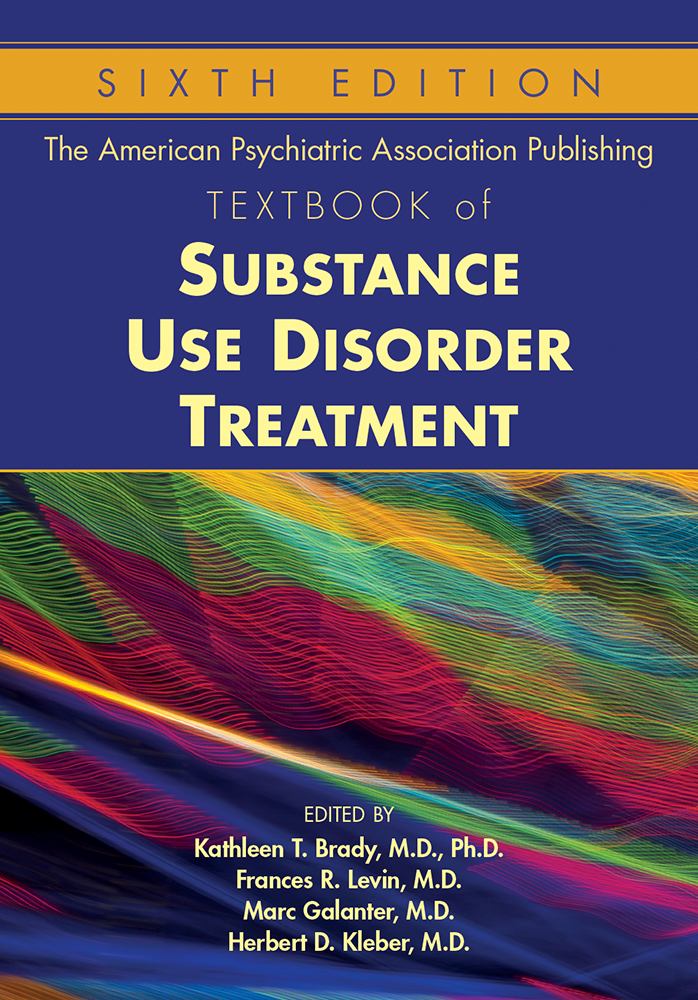Chapter 20.Neurobiology and Treatment of Sedative-, Hypnotic-, and Anxiolytic-Related Disorders
Sections
Excerpt
Throughout history, numerous compounds have been utilized to restore tranquility and promote sleep. These therapeutic agents have gone by various names, including tranquilizers, sedatives, hypnotics, and anxiolytics. Consumption of alcohol and opium alkaloids derived from the poppy plant for their sedative-hypnotic properties predates written history. In the late nineteenth and early twentieth centuries, other compounds such as chloral hydrate, paraldehyde, and the bromide salts were also utilized in medicine for their sedative properties, although they have never been approved by the U.S. Food and Drug Administration (FDA). In modern times, compounds with these intended effects have been characterized as sedative-hypnotic agents. Although alcohol and opium possess sedative-hypnotic properties, they are considered separately in this textbook because of their unique pharmacology and abuse liability. Sedative-hypnotic agents are commonly categorized according to their chemical structure as barbiturates, benzodiazepines, and nonbenzodiazepine hypnotics (colloquially referred to as “Z-drugs” because their generic names typically start with the letter “z”).
Access content
To read the fulltext, please use one of the options below to sign in or purchase access.- Personal login
- Institutional Login
- Sign in via OpenAthens
- Register for access
-
Please login/register if you wish to pair your device and check access availability.
Not a subscriber?
PsychiatryOnline subscription options offer access to the DSM-5 library, books, journals, CME, and patient resources. This all-in-one virtual library provides psychiatrists and mental health professionals with key resources for diagnosis, treatment, research, and professional development.
Need more help? PsychiatryOnline Customer Service may be reached by emailing [email protected] or by calling 800-368-5777 (in the U.S.) or 703-907-7322 (outside the U.S.).



